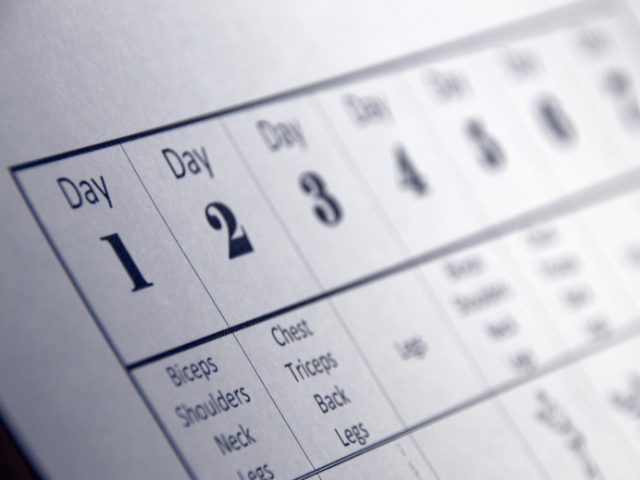How to create a workout routine for beginners
Embarking on a fitness journey is an exciting decision that promises a healthier and happier life. But where do you begin? Crafting a workout routine tailored for beginners is the first step towards achieving your fitness goals.
In this guide, we’ll break down the process into manageable steps, making it easy for you to kickstart your fitness journey with confidence.

1. Understand Your Fitness Goals
Setting clear and achievable fitness goals is crucial for creating an effective workout routine. Whether it’s shedding those extra pounds, building muscle, or simply improving overall fitness, defining your objectives helps shape your exercise plan. Be specific about what you want to achieve and ensure your goals are realistic.
2. Assess Your Current Fitness Level
Knowing your starting point is essential to avoid overexertion and injuries. Simple self-assessment exercises can help you gauge your strength, flexibility, and cardiovascular health. This self-awareness will guide you in tailoring your workout routine to match your current fitness level, ensuring a safe and gradual progression.
3. Choose the Right Types of Exercises
Exercise can be divided into three main categories: cardiovascular, strength training, and flexibility. For beginners, it’s crucial to include a mix of these to create a well-rounded routine. Consider activities like brisk walking, bodyweight exercises, and gentle stretching to begin with. Variety not only keeps things interesting but also ensures that you work different muscle groups.
4. Design Your Weekly Schedule
A balanced workout schedule is the key to sustainable progress. Aim for a mix of cardio, strength training, and rest days. Sample schedules are provided to help you structure your week according to your fitness goals. Remember, consistency is more important than intensity at this stage.
5. Set Realistic Frequency and Duration
Consistency is the foundation of any successful workout routine. Determine how often you can realistically commit to exercising and the duration of each session. Start with manageable goals, gradually increasing frequency and duration as your fitness improves. This approach prevents burnout and promotes long-term adherence.
6. Create a Warm-up and Cool-down Routine
Never underestimate the importance of warming up and cooling down. Warming up prepares your body for exercise, reducing the risk of injury, while cooling down aids in muscle recovery and flexibility. Simple warm-up exercises like light cardio and dynamic stretches, followed by static stretches during the cool-down, can make a significant difference.
7. Incorporate Progression and Challenges
To keep things interesting and foster continuous improvement, introduce progression and challenges. The concept of progressive overload involves gradually increasing the difficulty of your exercises. This could mean adding more weight, increasing the intensity, or trying new variations. Challenge yourself, but always prioritize proper form and safety.
8. Listen to Your Body
Your body communicates with you, so pay attention. Distinguish between discomfort and pain, and adjust your routine accordingly. If a certain exercise feels too strenuous or causes pain, modify or skip it. Listening to your body is key to preventing injuries and ensuring a positive workout experience.
9. Stay Motivated and Consistent
Staying motivated can be challenging, but there are practical tips to keep you on track. Find a workout buddy, join a fitness community, or track your progress to stay motivated. Celebrate small victories along the way, and remember that consistency, not perfection, is the key to long-term success.
10. Seek Professional Guidance
While this guide provides valuable information, seeking professional guidance can elevate your fitness journey. Consider consulting a personal trainer or joining fitness classes for personalized advice and motivation. Safety should always be a priority, and professionals can help you achieve your goals more efficiently.
Conclusion
Creating a workout routine for beginners doesn’t have to be overwhelming. By understanding your goals, assessing your fitness level, and incorporating a balanced mix of exercises, you can kickstart your fitness journey with confidence. Remember to progress gradually, listen to your body, and stay motivated. Seeking professional guidance can further enhance your experience. Here’s to a healthier and happier you!